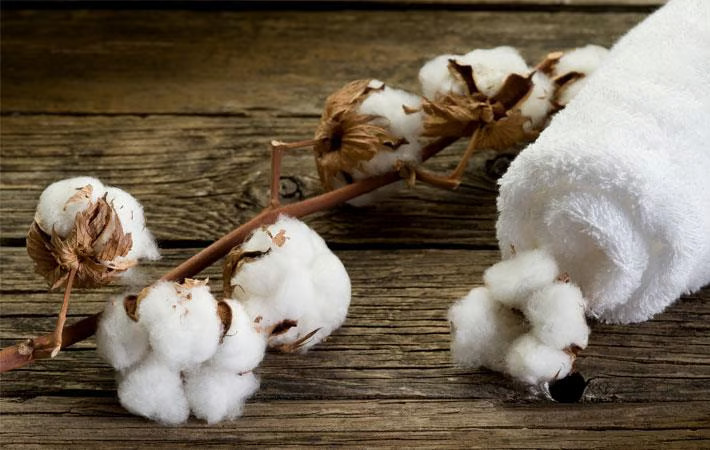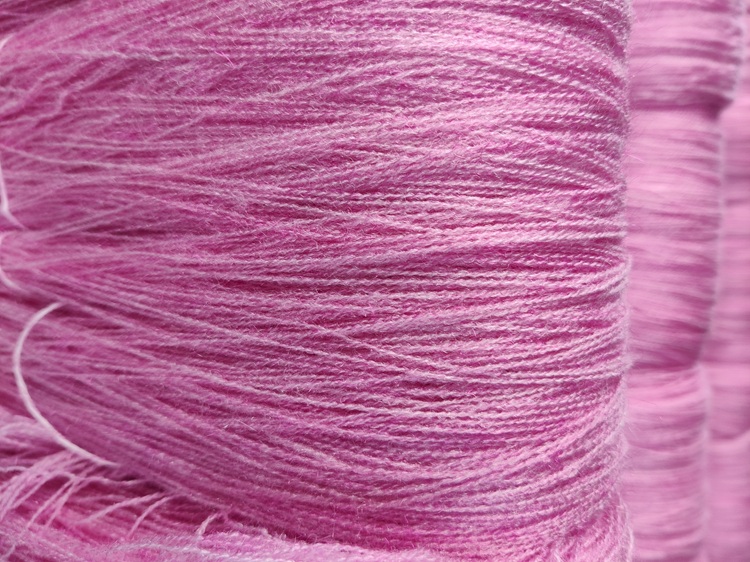Silk weavers in Chattisgarh will get skill up-gradation training in silk weavers at four block handloom silk clusters - Baloda, Navagarh, Dabra and Babnidih in Janjgir-Champa district to promote handloom silk industry. The training will be imparted by the Department of Rural Industries, government of Chhattisgarh. Meanwhile, the Ministry of Textiles has sanctioned six handloom clusters for the state.
Tussar silk is produced at Bastar, Surguja, Korba and other parts of the state. Cocoon is grown on sal, saja and arjuna trees. Tribals collect cocoon from these trees and later they sell in local markets. Tussar fabric weavers procure cocoon from local markets. Cocoon is boiled and silk fiber is produced. Raigarh and Janjgir-Champa are two major districts of tussar fabric production. Champa, Baloda, Shakti, Chandrapur, Seoni, Kurda, Amoda, Choriya and Birra in Janjgir-Champa district are dense silk weaver pockets while Raigarh city, Murra, Sarangarh, Loying, Kabirnagar and Tarpali are dense silk weaver pockets in Raigarh district.
Home furnishing, dress materials, dupatta, shawl and other items are major production at Champa while Raigarh town, Chandrapur and Sarangarh are major tussar silk sari production centres. Every year, around 350 metric tonne silk yarn is prepared in Chhattisgarh. Around 60 crores direct or indirect export is done through tussar silk and around 53 lakh meter kosa silk is prepared every year in the state. Thousands of rural people depend on handloom industry.
Chattisgarh silk weavers to get skill upgradation training
- 1
- 2
- 3
- 4
- 5
- 6
- 7
- 8
- 9
- 10
India’s T&A sector navigates a "Mixed Bag" first half in FY26
The Indian textile and apparel industry is currently weathering a period of complex recalibration. According to the latest Wazir Textile... Read more
Techtextil 2025: Mapping India’s transition to a global hub for value-added tech…
The conclusion of the 10th edition of Techtextil India in Mumbai marks a definitive transition for the country’s textile landscape,... Read more
China Wave returns to Pitti Uomo 109: Bridging the gap from global factory to de…
The landscape of international menswear is witnessing a structural shift as the ‘China Wave’ initiative returns to the 109th edition... Read more
The Second Life of 3D: Why this tech is more alive than ever in fashion
The fashion industry is no stranger to cycles of hype and disillusionment, and 3D technology has been no exception. At... Read more
VP Radhakrishnan urges modernization and FTAs as India’s apparel exports surge 1…
Highlighting the textile sector's role as India's second-largest employer, Vice President C. P. Radhakrishnan called for a strategic push toward... Read more
Indian Rupee’s Breach of 90: A double-edged equation reshaping India’s ‘Fiber-to…
The Indian rupee’s historic slide past the ₹90.43 per dollar mark in late 2025 has forced a fundamental recalibration across... Read more
Can cotton duty relief blunt US 50% tariff hit on Indian apparel?
The Confederation of Indian Textile Industry (CITI) has issued a high-stakes call to the government, asserting that the permanent removal... Read more
The Great Sourcing Shuffle: Why tariffs failed to bring manufacturing back to th…
When Washington set out to ‘reclaim manufacturing’ through punitive tariffs, it was envisioned as a patriotic reset one that would... Read more
Beyond Search and Scroll: Why AI-powered shopping is becoming retail’s new opera…
When ChatGPT unveiled its Instant Checkout capability allowing users to discover, evaluate, and purchase products within a single conversational interface... Read more
How global acrylic fiber leaders engineered price stability amid historic ACN cr…
The global Acrylic Staple Fibre (ASF) market, long known for its sensitivity to violent swings in petrochemical feedstocks is facing... Read more












